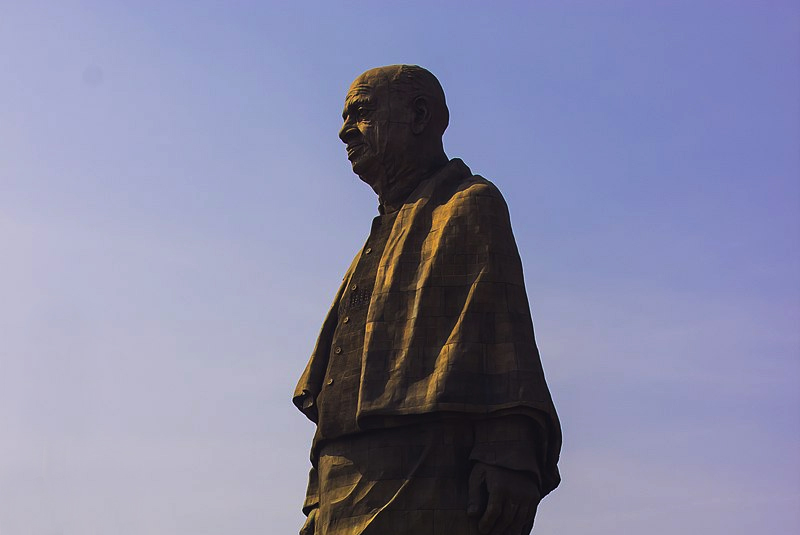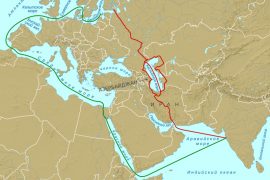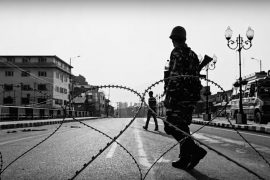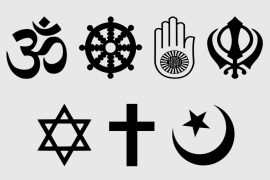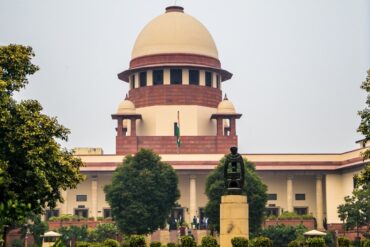India, notwithstanding the impressive economic growth achieved since its Independence in 1947, is still plagued by first-generation problems. Millions of people do not have access to primary healthcare and sanitation; they live in appalling unhygienic environments. India spends an abysmally low 1.2 -1.8 per cent of GDP on healthcare for 1.25 billion Indians. This outlay is substantially lower than other emerging markets, OECD and other developed economies.
According to Global Multi-Dimensional Poverty Index (MPI), India has managed a steep decline in poverty levels from 55.1 per cent to 16.4 per cent within a span of fifteen years from 2005-’06 through to 2020-’21. Despite this achievement, India still accounts for the largest number of poor people globally, at 228.9 million in 2020. The under-five mortality rate of 30.6 per 1000 births, numbering 709,336, which according to UNICEF data, is one of the highest in the world.
Malnutrition and undernutrition are endemic health issues afflicting the child population. The Global Nutrition Report of 2022 denotes that more than 37 per cent of children under the age of five have stunted growth, which is significantly higher than the Asian average of 21.8 per cent.
While India’s status is ‘on course’ to achieving benchmark progress for maternity, infant and young child (MIYCN) nutrition targets, the nation is lagging in mitigating anaemia among women of reproductive age between 15-49. Its adverse consequences have fallout on posterity health.
-30-
Copyright©Madras Courier, All Rights Reserved. You may share using our article tools. Please don't cut articles from madrascourier.com and redistribute by email, post to the web, mobile phone or social media.Please send in your feed back and comments to editor@madrascourier.com

